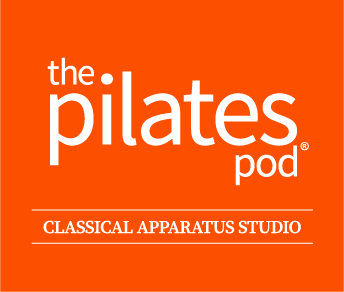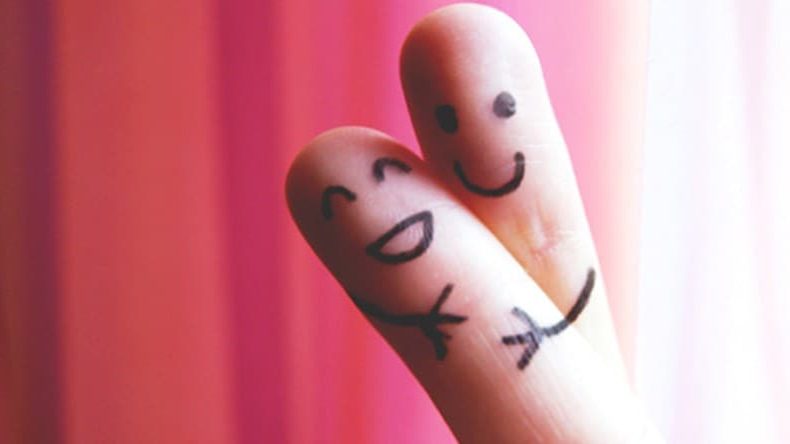When you want to show love and warmth, when you need support, when you’ve had a rubbish day at work, when you’ve had bad news, when you’ve had good news…. you hug!
When your baby is just 1 minute old, the midwife tells you the best thing you can do is skin to skin. Touch bonds us, it’s mother nature. As humans, we crave connection and touching is one of most basic instincts. It’s even a a form of self care!
Studies have even proved that hugging builds a good immune system, lowers blood pressure and the risk of heart disease, and is the trigger to release healthy happy hormones.
January 21 is National Hugging Day . This holiday has become popular in other countries where it is called Hugging Day or Hug Day. The idea this day belongs to Kevin Zaborney, who introduced in 1986 to encourage others to hug everyone, no matter who they are: members of family, friends or strangers.
During this COVID19 pandemic, one of the hardest things we have had to face is lack of touch, and hugging our loved ones. I’m a hugger so I’ve found it hard to warm to the “virtual hug.”
We understand the reasons why we can’t hug during this pandemic, but for many, the effects of having “skin hunger” or “hug deprivation” had been really tough mentally, psychological and also as we know from the health benefits, physically too.
“It is normal to struggle with the loss of touch,” says Devita Streva, a licensed social worker and a psychotherapist in the mental health field for 30 years who works as psychosocial oncology therapist at the Ohio State University Comprehensive Cancer Center in Columbus. “Touch is a legitimate physical and emotional need. It’s part of the human experience, and losing that and not knowing when you will get it back is hard.”
Whilst it’s not ideal, and hopefully not long term, there are things we can do to help with the lack of touch to help soothe your soul:
- Self massage. Try rubbing your feet, your hands. Massage your arms and legs. Give yourself a good facial massage. With oils, with cream, without; it doesn’t really matter, but you’ll stimulate the hormones associated with the feeling of touch, help your muscles and nervous system calm down too (and sort out your tired heavily sanitized hands too!)
- Hug a pillow or cuddly toy at night- not only is sleeping with a folded pillow between your knees great for back and pelvis alignment, it’s said to promote the stress busting hormone oxytocin when you hug a pillow (and it’s good on your shoulder alignment.) I personally love this! I always sleep with one pillow horizontally and a second pillow vertically, so that my shoulder can slip in the nook of the two and hug the pillow lengthways. It really is the most relaxing sleep!
- I’ve not tried this one yet but I would love to. Weighted blankets seem to be the new big thing. They are reported to add deep pressure stimulation, the way your body feels when it’s under pressure from a massage. It calms the nervous system and releases anxiety and tension and promotes a feeling of safety.
- Stroke a pet. It’s been well documented that stroking your animal lowers your stress levels by lowering the amount of cortisol in your body. It also lowers blood pressure and boosts your “feel-good” hormones ( serotonin, prolactin and oxytocin) which are what most anti depressant medication also does! I don’t have a pet, but I watched my heart rate drop significantly on my Fit Bit as I stroked my son’s head whilst watching TV, and it’s the same effect in animals.
- Move! Movement helps us to connect and tap into our physical senses. In Pilates we have an exercise on the Reformer, the Cadillac/Tower and on the Small Barrel called “hug” so here’s how you can copy the barrel version at home but without a barrel.
From our (virtual) hug to you, enjoy… (this one’s also great if you are feeling rather round shoulders from all the desk working, NHS worker nurses bending over a lot, or because you’re pregnant or a nursing new mum!)
And remember, the record for most hugs given by one person in one hour belongs to Nick Vujicic. He hugged 1,749 people at an expo centre in Oregon in 2010. I wonder if post COVID19, anyone breaks this record when they see their family and friends for the first time?!
Written by Michelle

